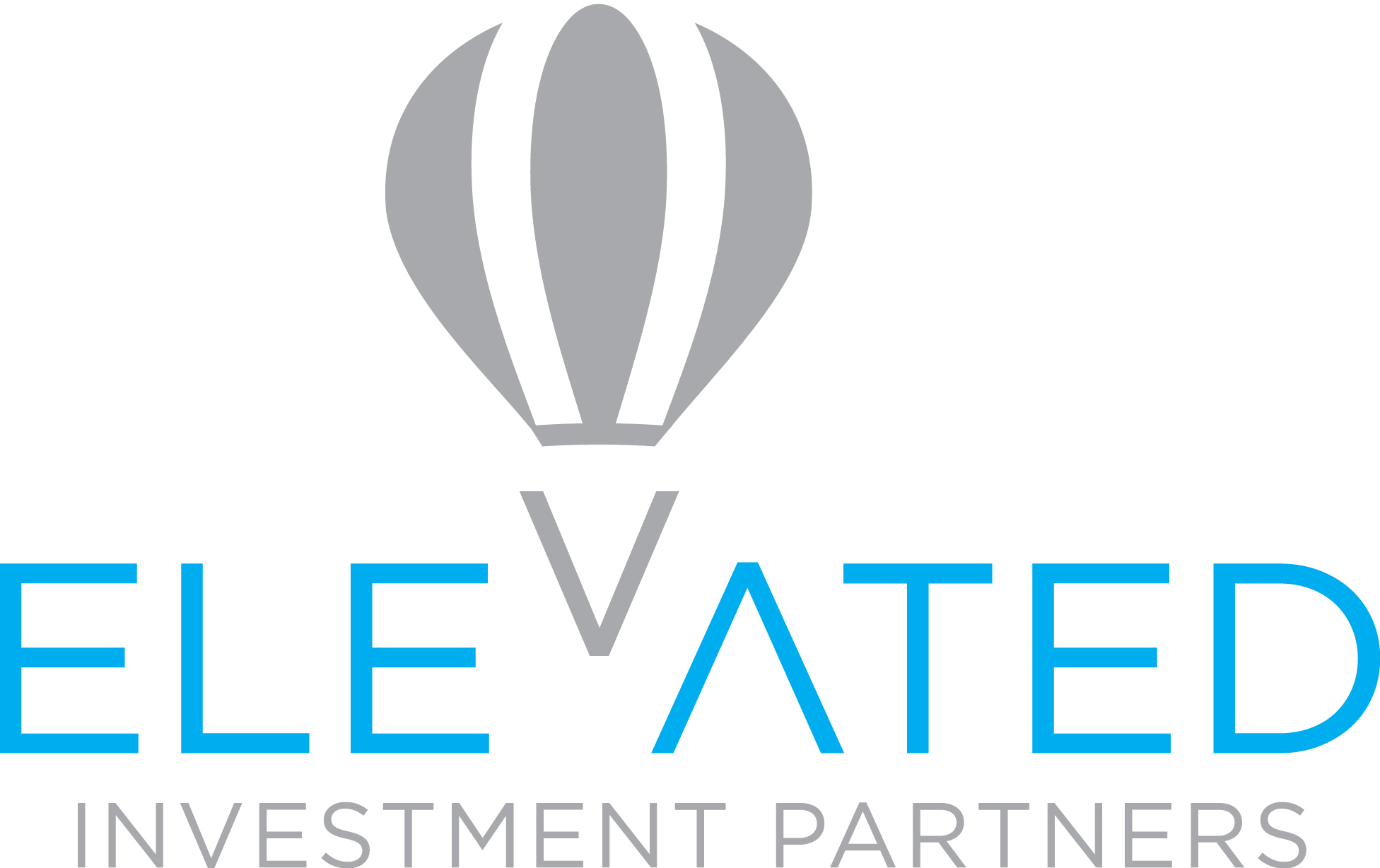October
- Audit third quarter payroll and plan deposit dates to ensure compliance with the U.S. Department of Labor’s rules regarding timely deposit of participant contributions and loan repayments.
- For calendar year safe harbor plans, issue the required notice to employees during October or November (within 30-90 days of the beginning of the plan year to which the safe harbor is to apply). Also, within the same period, distribute the appropriate notice if the plan features an eligible automatic contribution arrangement, qualified automatic contribution arrangement or qualified default investment alternative.
November
- Prepare to issue a payroll stuffer or other announcement to employees to publicize the plan’s advantages and benefits, and any plan changes becoming effective in January.
- Conduct a campaign to encourage participants to review and, if necessary, update their mailing addresses to ensure their receipt of Form 1099-R to be mailed in January for reportable plan transactions in current year.
- Check current editions of enrollment materials, fund prospectuses and other plan information that is available to employees to ensure that they are up to date.
- Prepare and distribute annual plan notices, such as 401(k) safe harbor for safe harbor plans with a match, QDIA annual notice, fee disclosure notice and automatic enrollment and default investment notices, at least 30 days before plan year end.
December
- Prepare to send year-end payroll and updated census data to the plan’s recordkeeper in January for year-end compliance testing (calendar-year plans).
- Review plan operations to determine if any ERISA or tax-qualification violations occurred during the year and if using an IRS or DOL self-correction program would be appropriate.

